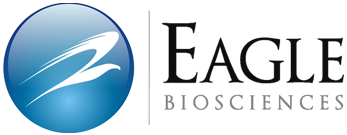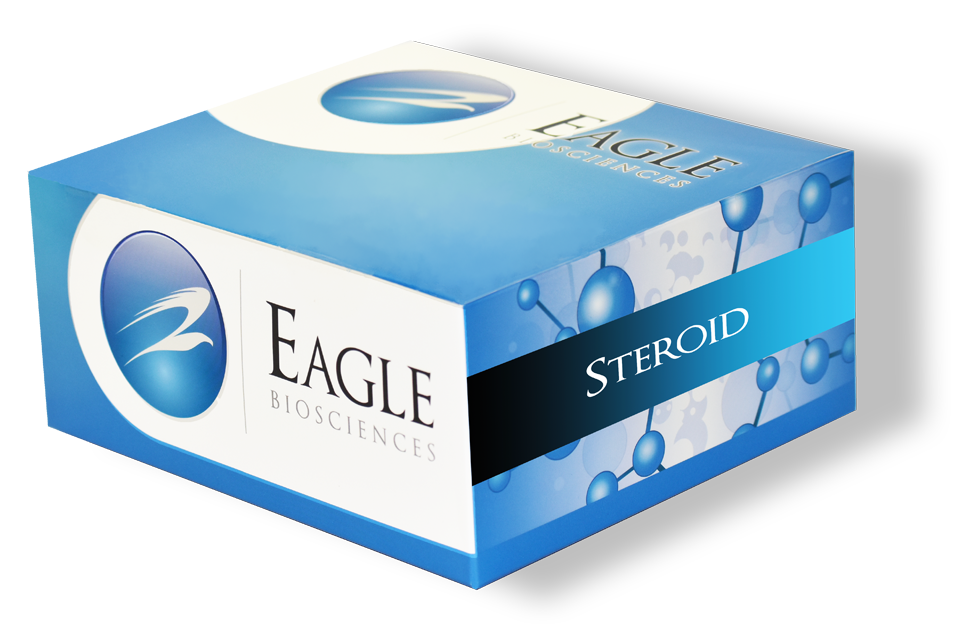Estrone (E1) is one of the three primary naturally occurring estrogens in the human body, alongside estradiol and estriol. It is a weaker estrogen predominantly produced in adipose tissue through the conversion of androstenedione, especially after menopause when ovarian estrogen production declines. Estrone plays a significant role in maintaining estrogenic activity in postmenopausal women and is involved in regulating reproductive tissues, bone density, and cardiovascular health. Because of its hormonal activity, estrone levels reflect both endocrine function and metabolic status.
In research and clinical settings, estrone measurement is commonly used to assess estrogen status, particularly in postmenopausal women and individuals undergoing hormone replacement therapy. Elevated estrone levels can be associated with increased risks of hormone-sensitive cancers, such as breast and endometrial cancer, making it a useful biomarker for cancer risk assessment and monitoring. Additionally, estrone is studied in the context of obesity, as higher adipose tissue mass can lead to increased estrone production, influencing metabolic and cardiovascular outcomes. Its role in reproductive endocrinology and hormone-related disorders also makes it valuable for diagnostic and therapeutic purposes.
This product is manufactured in USA by Eagle Biosciences.


